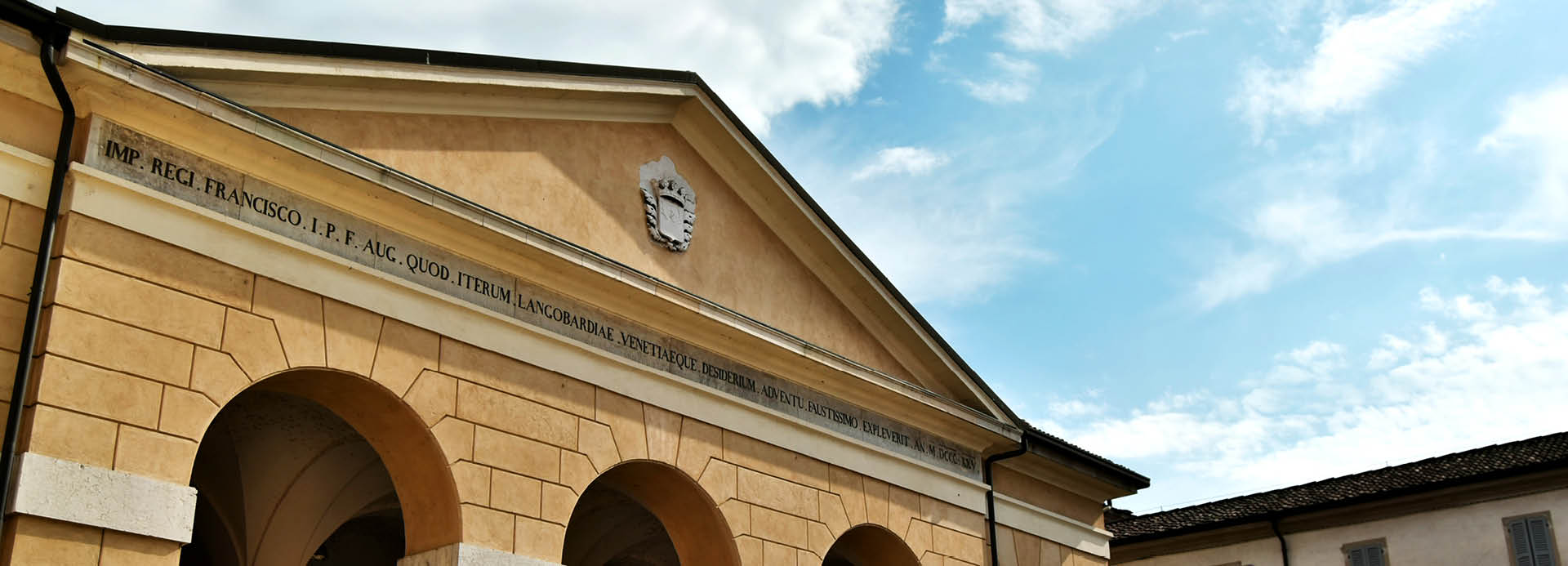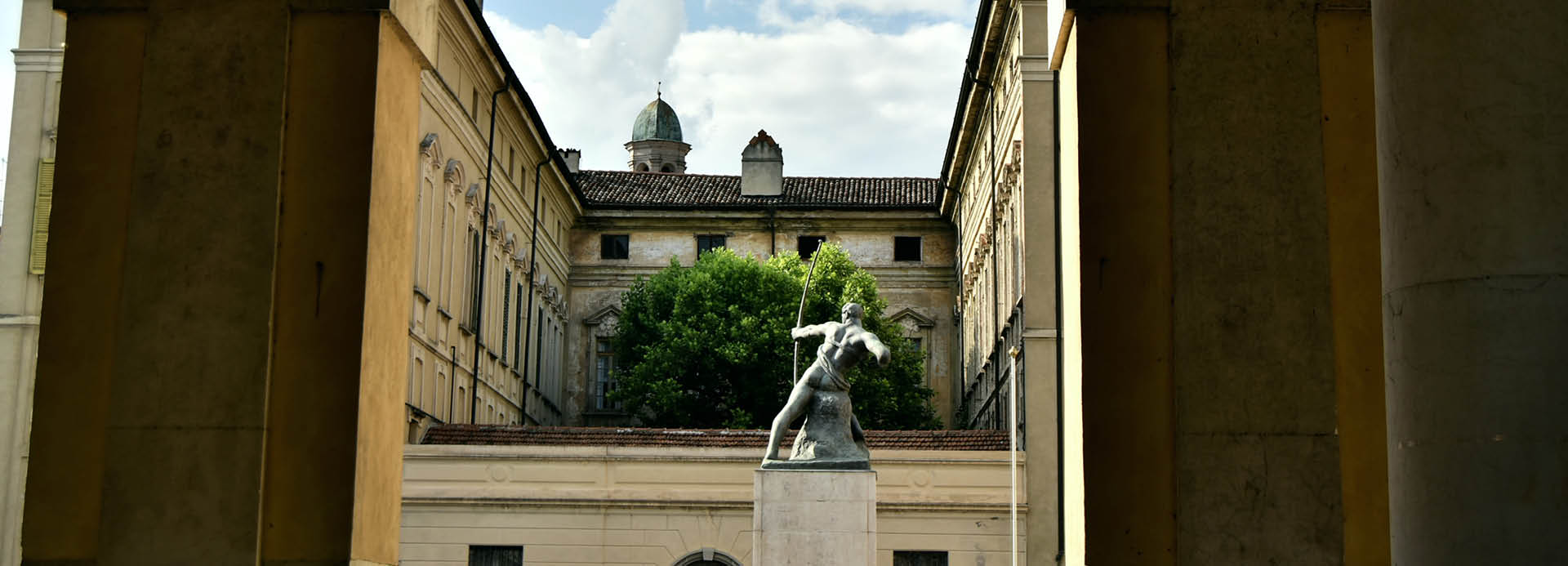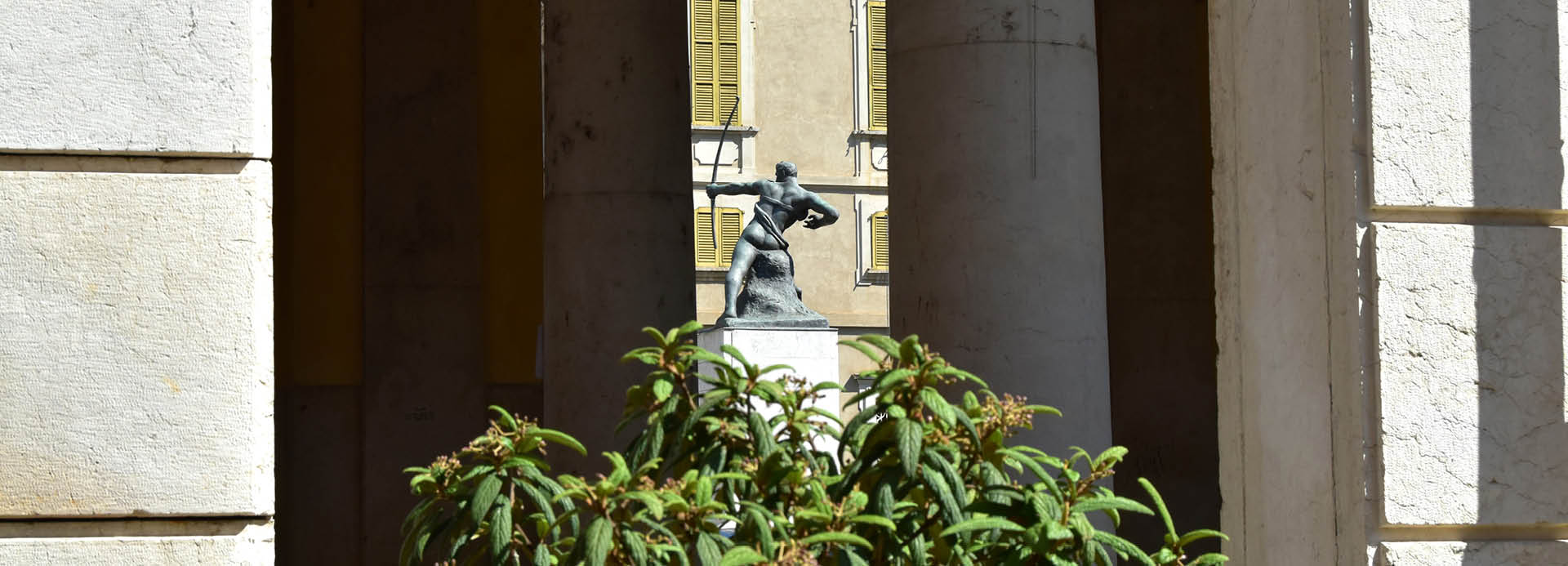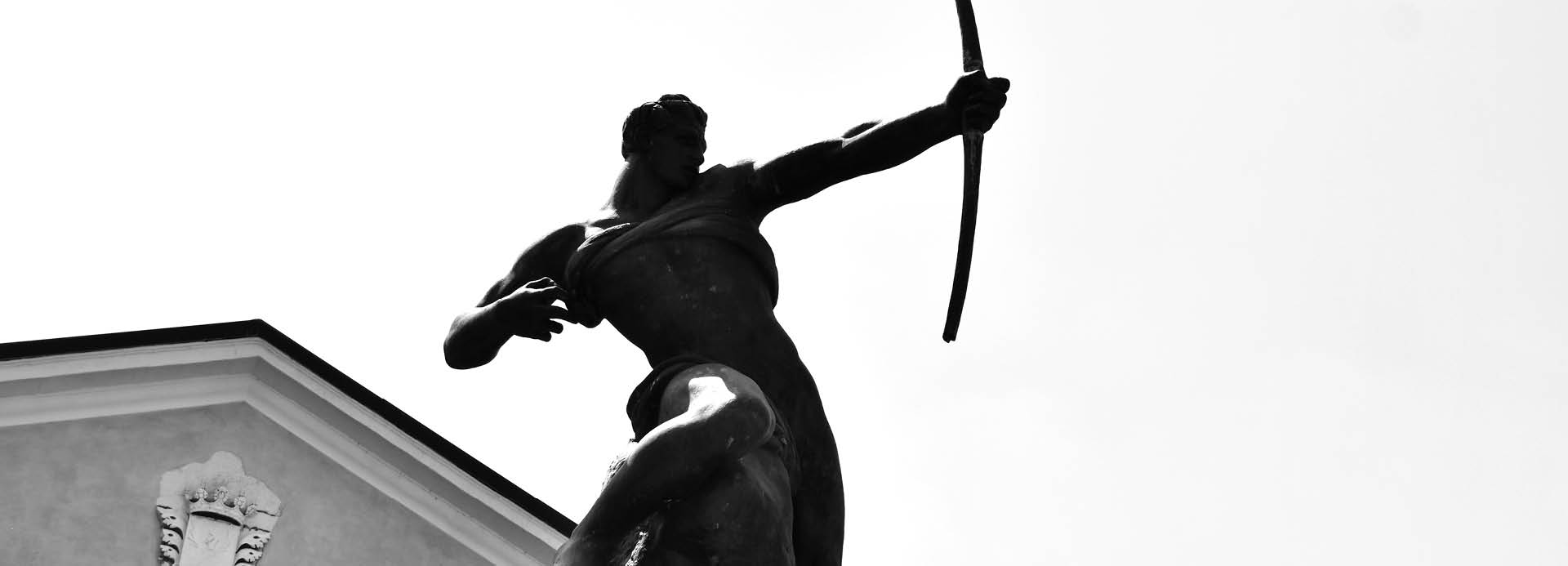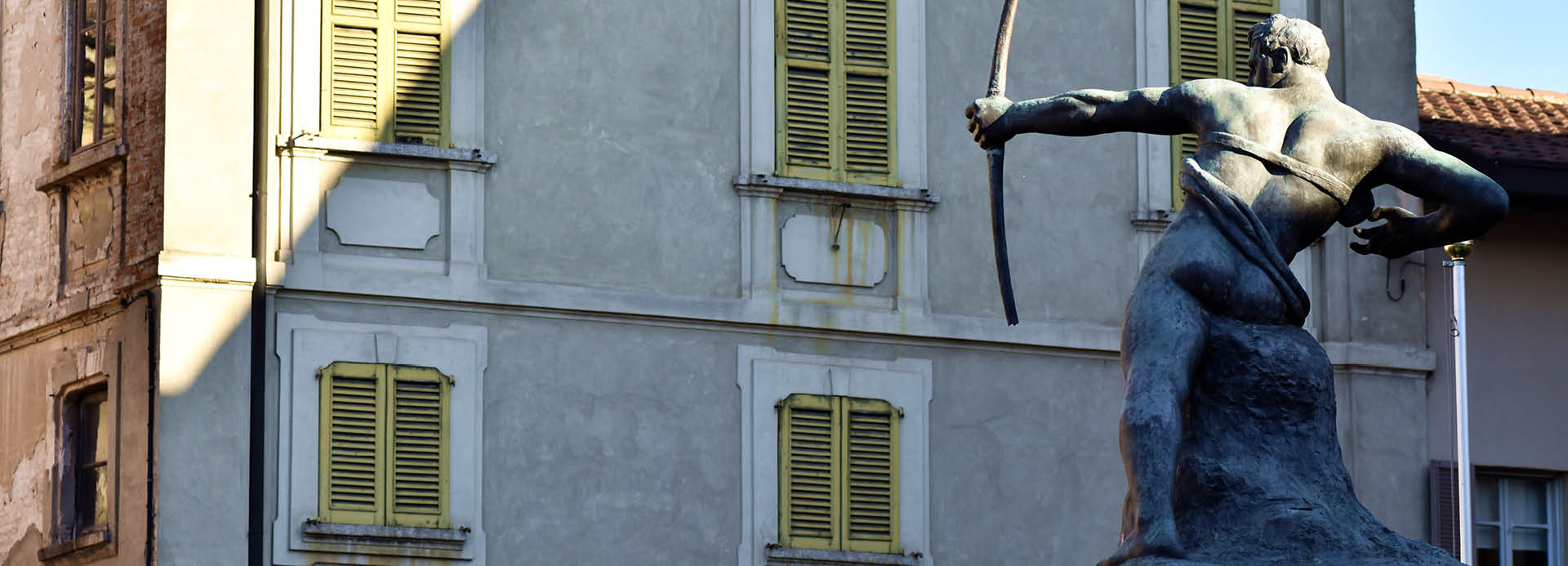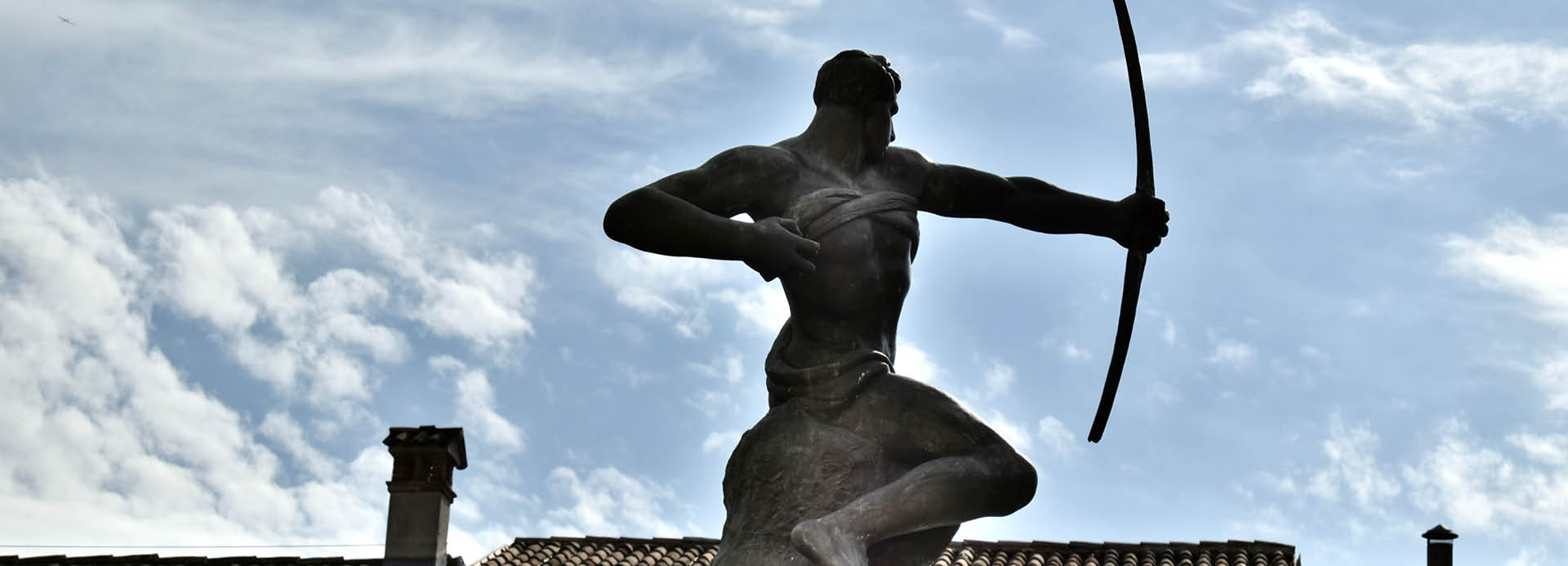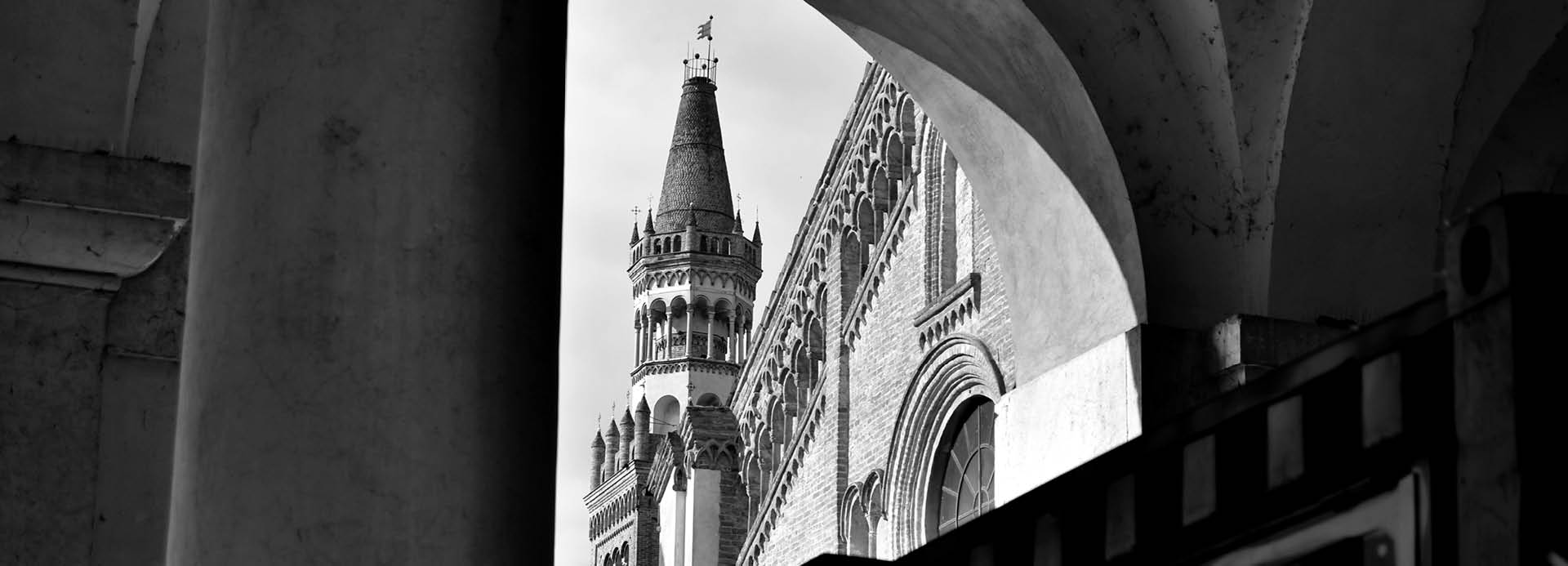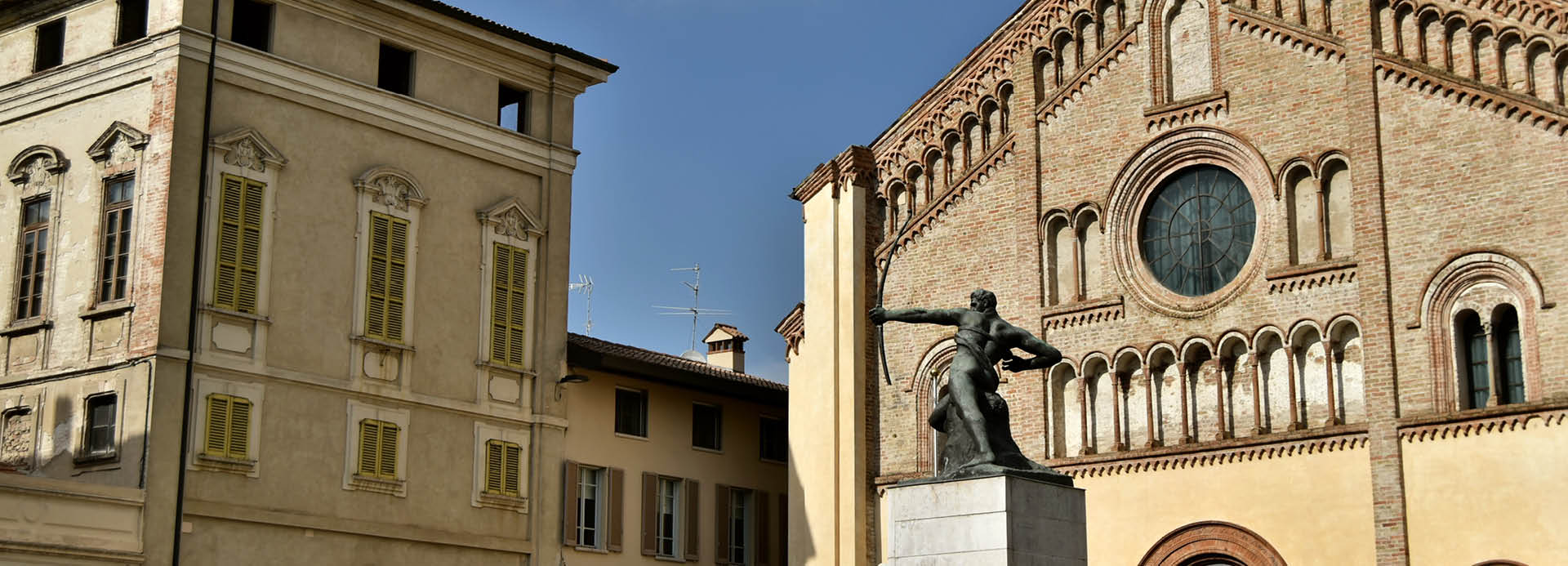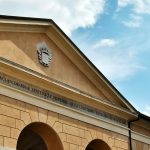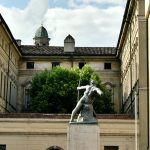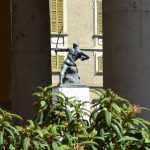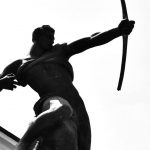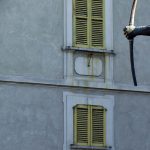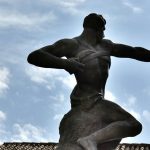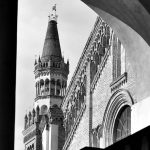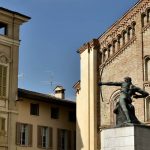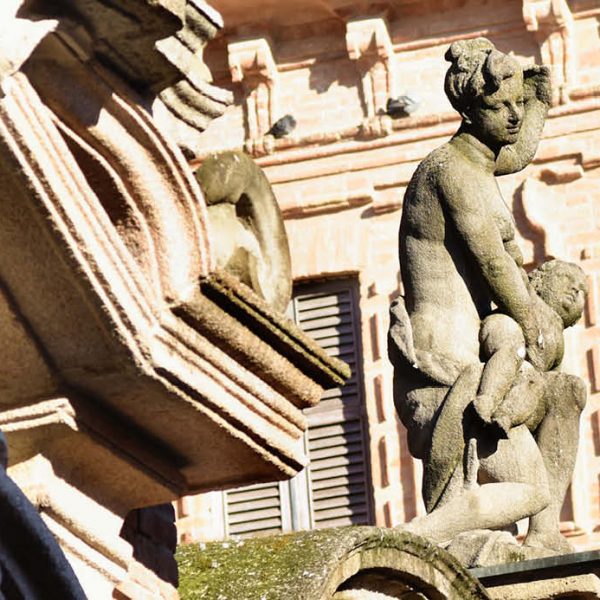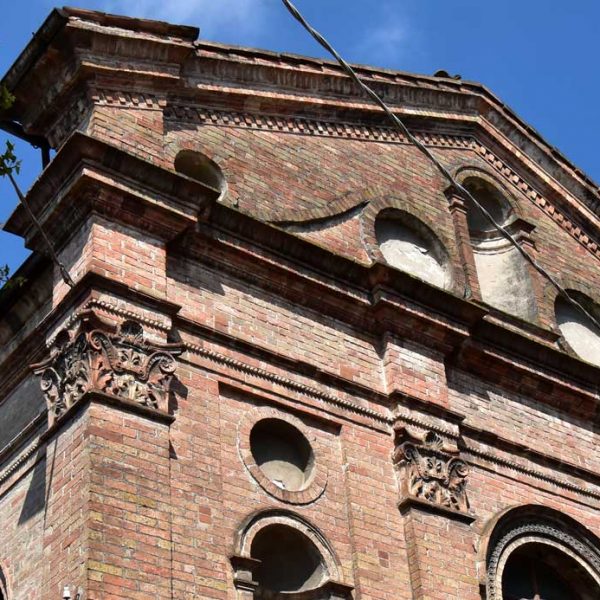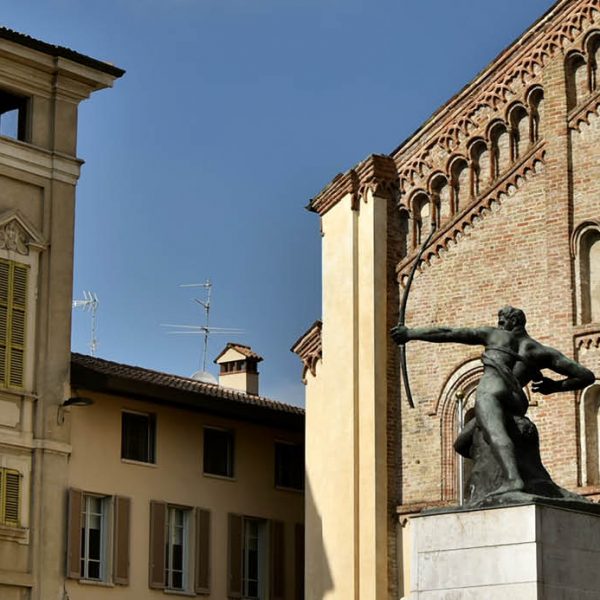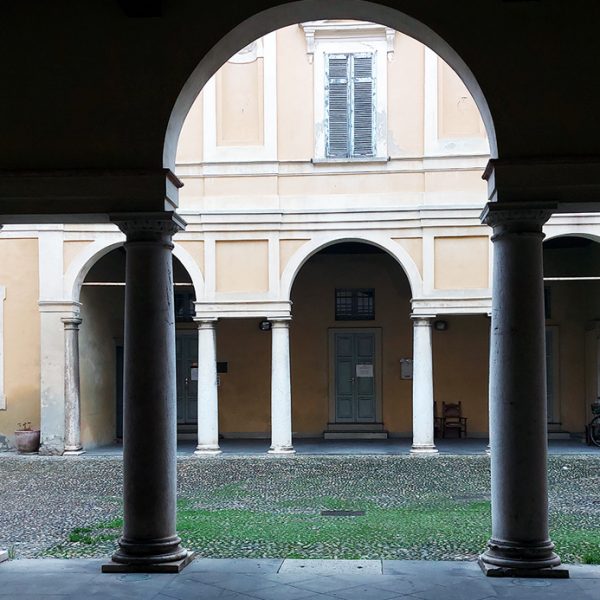 Tutti i luoghi
Tutti i luoghi
Già mercato del lino e dei grani
Among the Crema citizens it is known as the Austro-Hungarian Market, but the name is improper because the Austro-Hungarian Empire was only established in 1867, while the Flax and Wheat Market had already been built between 1842 and 1844.
It was erected to fulfill a double function, practical and at the same time celebratory. Built to house the market stalls, this imposing space with a vaulted ceiling also had a commendable purpose, as evidenced by the dedication in large letters on the entablature facing the square. The inscription commemorates the stage that the Emperor Francis I of Austria took to Crema on 17 May 1825 during his inspection trip through Lombardy-Veneto. The emperor himself had already been to Crema in 1816, immediately after the establishment of the Lombard-Veneto Kingdom.
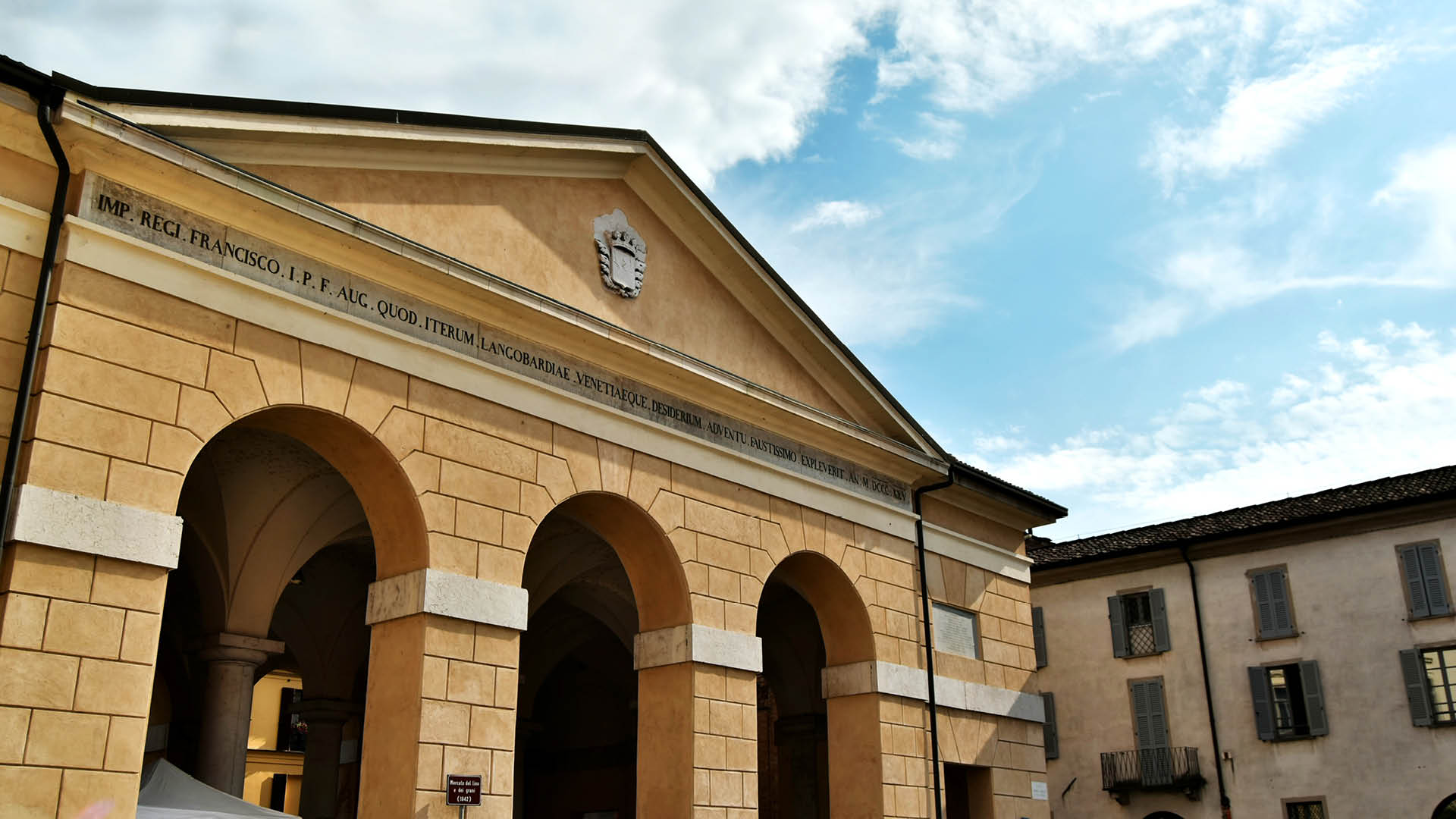
The laying of the first stone took place in 1842. To build the market it was necessary to demolish the third cloister of the former Dominican convent.
In a first phase, the covered market housed only the linen and grain traders, who for some time had instead used to display their merchandise in Piazza Duomo, in front of the Bishop’s Palace.
In fact, it happened that, at the beginning of the Nineteenth century, the decor of that place was compromised by disorders during which the population, starved by famine, attacked the grain banks. It was therefore decided to move the latter to a new dedicated space that would disengage the Duomo and the surrounding square. Subsequently, the covered market also welcomed sellers of other supplies: fruit and vegetables (thus relieving traffic in the nearby Piazza delle Erbe, now ‘Istria and Dalmatia’) as well as offal and fish (traditionally displayed in the opposite Piazza Trento and Trieste).
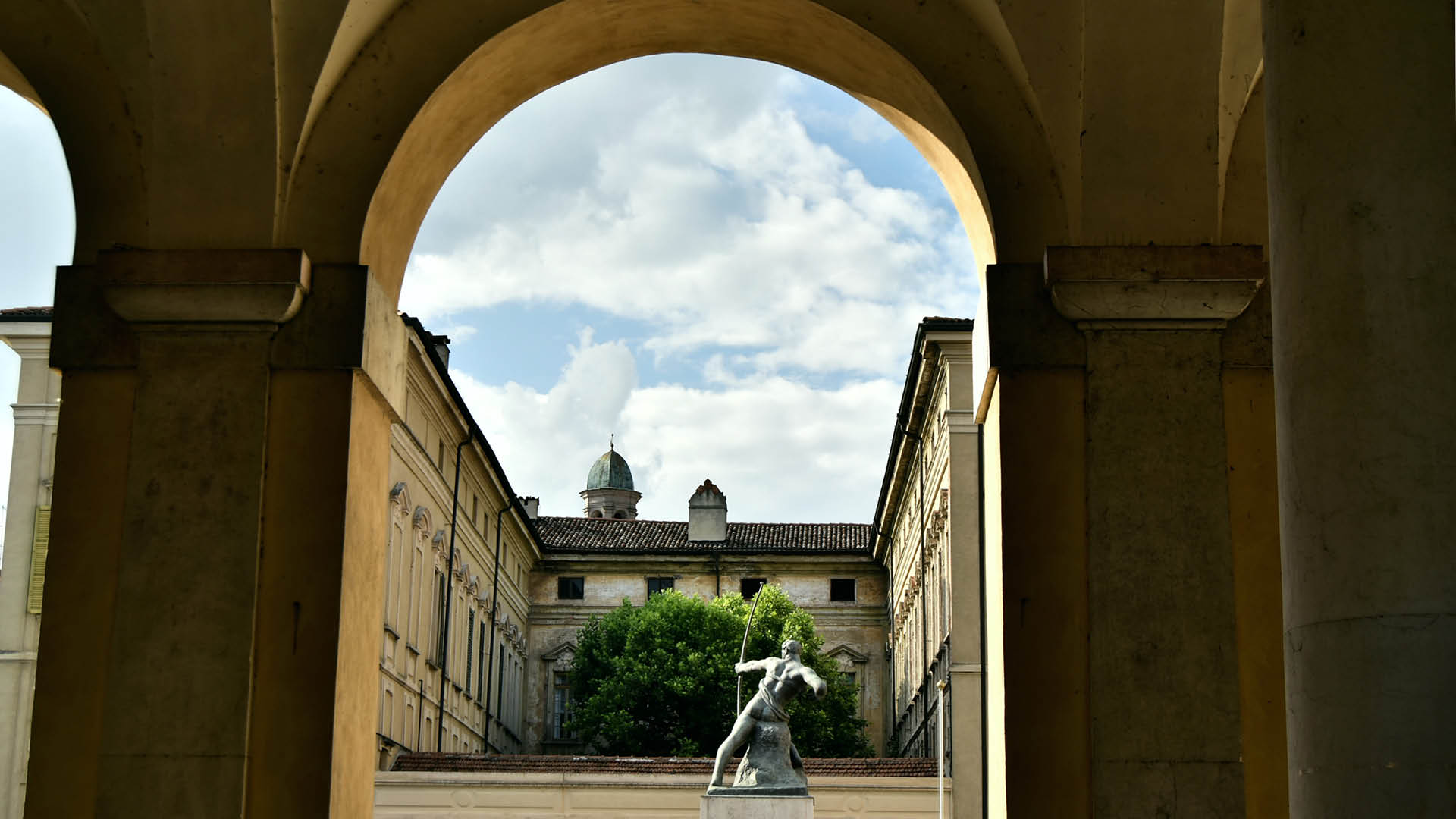
Austere in its composed solemnity, the covered market closes the southern side of the square, on which three large arches open which refer to the model of the triumphal arches of imperial Rome. Inside, the area is divided into three parts by two rows of sober columns in a simplified Doric style. Above the vaults, a space created in the attic was traditionally used as a warehouse for goods. Since 2013 it has been recovered and redeveloped as a multipurpose room managed by the San Domenico Foundation.
At the center of Piazza Trento e Trieste, formerly Piazza San Domenico or Piazza del Pesce, there is a bronze monument dedicated to the Cremaschi fallen during the First World War (1915-1918). It was created by the sculptor Arturo Dazzi (Carrara, 1881 – Pisa, 1966) and inaugurated on May 17, 1924 by Prince Umberto di Savoia (Racconigi, 1904 – Geneva, 1983), the future king of May.
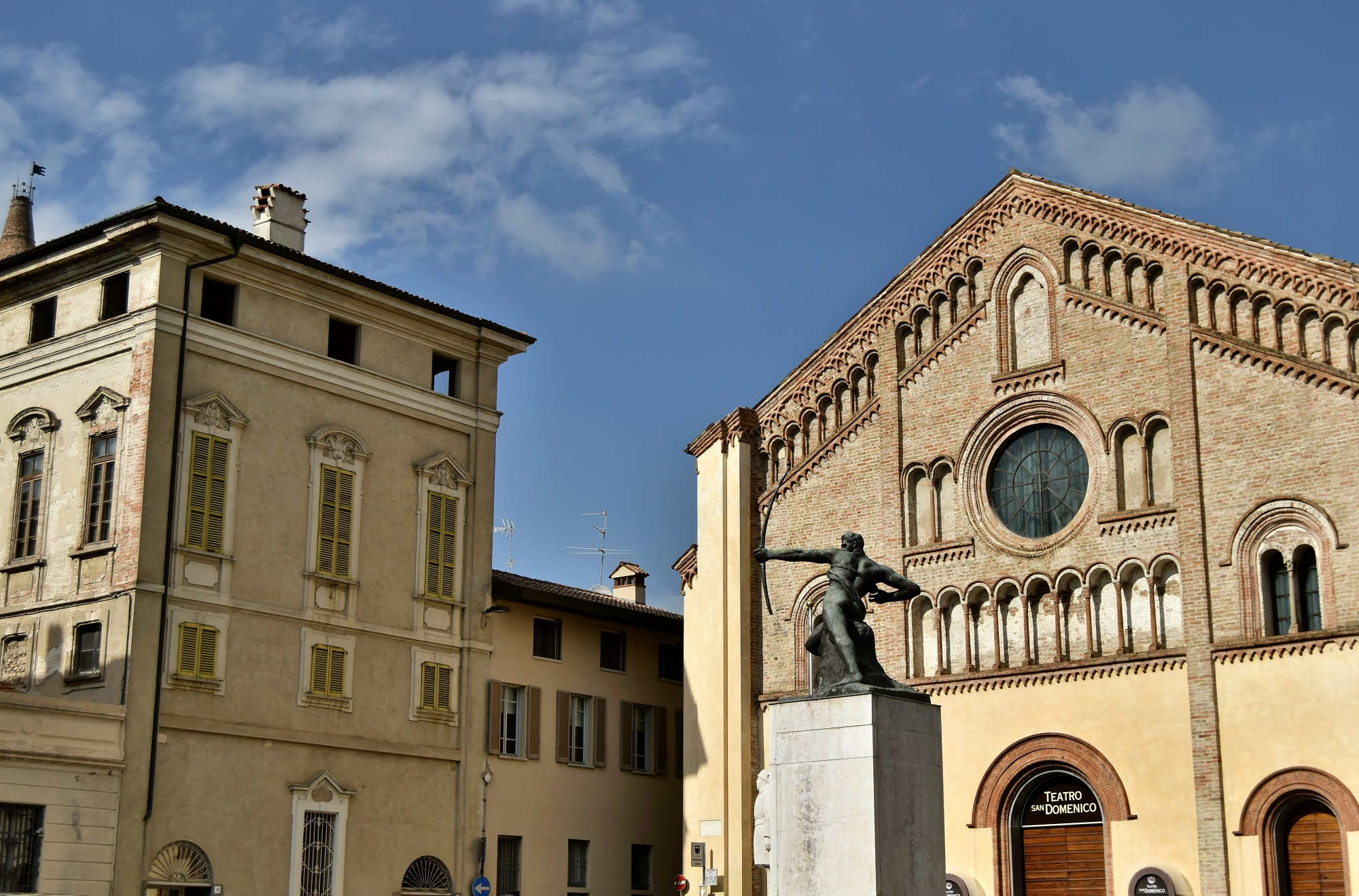
Info
Piazza Trento e Triente

